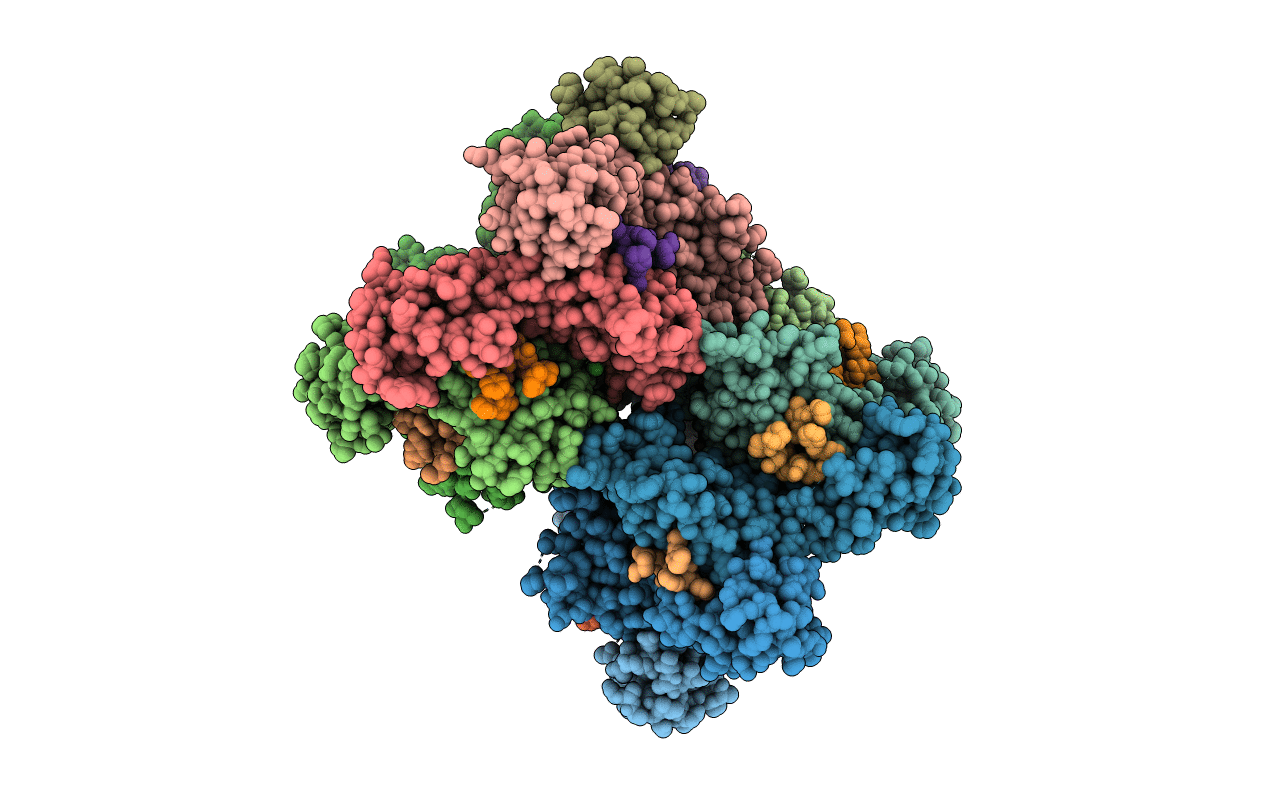
Deposition Date
2021-10-28
Release Date
2022-09-07
Last Version Date
2024-10-16
Entry Detail
PDB ID:
7SNQ
Keywords:
Title:
Hexamer HIV-1 CA in complex with CPSF6 peptide and IP6 ligand
Biological Source:
Source Organism:
Host Organism:
Method Details:
Experimental Method:
Resolution:
2.81 Å
R-Value Free:
0.28
R-Value Work:
0.22
R-Value Observed:
0.23
Space Group:
P 21 21 21


